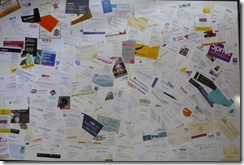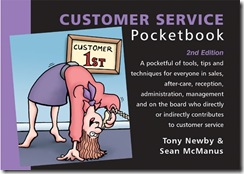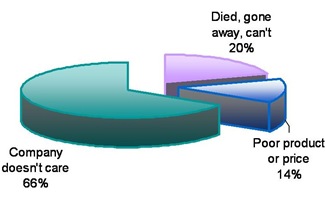There are some words in our language that seem to have special powers that elevate them above the ordinary day-to-day words. They are a bit like super-heroes and super-villains, in the world of mere humans.
Because
What would encourage you to do someone a favour? Helen Langer, Arthur Blank and Benzion Chanowitz did an experiment asking 120 students if they could jump the queue to use a library photocopier. The experimenter asked in three different ways:
- May I use the machine?
Giving no reason - May I use the machine, because I have to make copies?
Giving no real reason - May I use the machine, because I’m in a rush?
Giving a reason
When the request was a small one – with only five sheets to copy – 60% of the students asked obliged without hearing a reason (Request number 1). With a reason (Request Number 3), 94% agreed. And with no real reason (Request number 2), 93% were prepared to oblige. The reason is clearly not important; what was important was that there was a reason – the students heard the word “because” and that was enough.
Why
Why is like one of those super-heroes who can turn super-evil at times.
The Good: Ask the question ‘why?’ about a problem enough times, and then ask why about the answers you get, and then keep repeating. You will almost always find your way to the root cause of the problem. This is the basis of the ‘Five Whys’ method.
The Evil: Ask me ‘why did you do that?’ and you will usually get a defensive answer. ‘Why?’ feels like an attack on our very values that direct our decision making, so we react against the question and rarely give a resourceful answer. A better question might be: ‘what were your criteria when you chose to do that?’
But
‘I like your new suit, but…’ As soon as we hear the ‘but’, our brain thinks ‘aha – here comes the truth.’ We switch off to what we have just heard, making the first half of the statement almost invisible. Better to say ‘and’: ‘I like your new suit, and if I’d have been choosing, I would have preferred a blue one for myself.’
You
Another super-hero/super-villain. When I talk about you and what you want and what I can offer you, you feel like I am giving you all of my attention. ‘You’ has the power to make a reader or listener feel special.
When I use ‘you’ in describing a wrong action or assigning blame, I will trigger your defence mechanisms that start to create conflict. ‘You never do the washing up.’ ‘You make me so angry, when you….’ Better to say ‘I really prefer it when the washing up is done.’ ‘I get angry when I feel I can’t influence…’
So here’s the deal
Pay attention to the words you use – they really do matter.
What other words have super powers?
Contribute yours to the comments section below.
Management Pocketbooks you might enjoy
Handling resistance Pocketbook











 Wings
Wings




